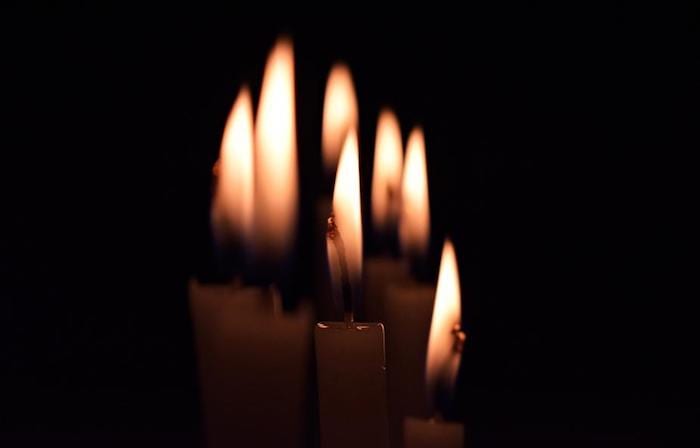The approach to contemplative prayer is largely counterintuitive for many American evangelicals.
- Contemplative prayer tells us to withdraw and retreat in order to one day move forward.
- Contemplative prayer nurtures silence in order to speak with wisdom and compassion.
- Contemplative prayer places our faith in an unseen, mysterious God rather than offering air-tight theology systems or the answers of careful Bible study.
- Contemplative prayer assures us that we will make progress and see results–eventually.
When Henri Nouwen and Thomas Merton took part in the revival of contemplative practices throughout North America in the 1950’s, 60’s, and 70’s (for Nouwen at least), they already felt that they were countering an almost irresistible tide of technology, information, and restless consumerism. The amount of information and the number of screens back then was more of a gentle stream compared to the daily flood of today.
In this swirling torrent of information and stimulation where we are trained to crave pings, affirmation, updates, and news, never waiting and never sitting still with our thoughts, contemplation presents a completely unfamiliar way of existing, let alone praying.
Our churches have tried to keep up with the flood of information, attempting to ride the waves of social media, television, and every other communication medium that can be used to spread the word of the Gospel. However, the majority of Christian writers addressing technology applications in the church are focused solely on the benefits. There is precious little reflection on the implications of inviting members to tweet during a service or to capture pictures for Instagram during a service.
Just as our mission to reach people makes it hard to remain still before God, our mission to reach people also prevents us from considering what our souls and their souls may require when they enter the sacred space of a church sanctuary. Do we need to ride the wave of the stimulation and direct it toward spiritual ends, or do we need time to unplug, disconnect, and to learn stillness and presence?
We can’t imagine what will happen if we were truly silent for a time, and that’s the point. Contemplative prayer is a counterintuitive surrender to a loving God.
The results take time, and there aren’t any guarantees that we’ll end up where we desire or expect we’ll end up.
The only promise we have in the face of this mysterious surrender and uncertain future is that we are held, and have long been held already, by a loving God who desires nothing more than union with his beloved children.
Read More about Contemplative Prayer
You can read more about my journey into contemplative prayer as an anxious evangelical Christian in my newly revised and expanded book:
Flee, Be Silent, Pray: Ancient Prayers for Anxious Christians
** Image source: https://burst.shopify.com/photos/candles-lit-in-dark, Photo by: Leandro Almeida














